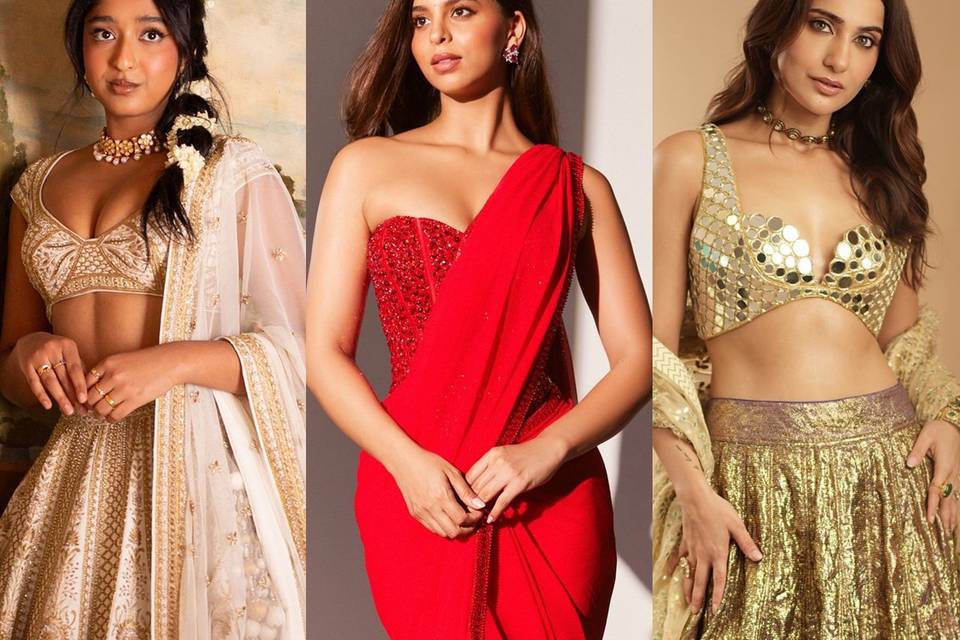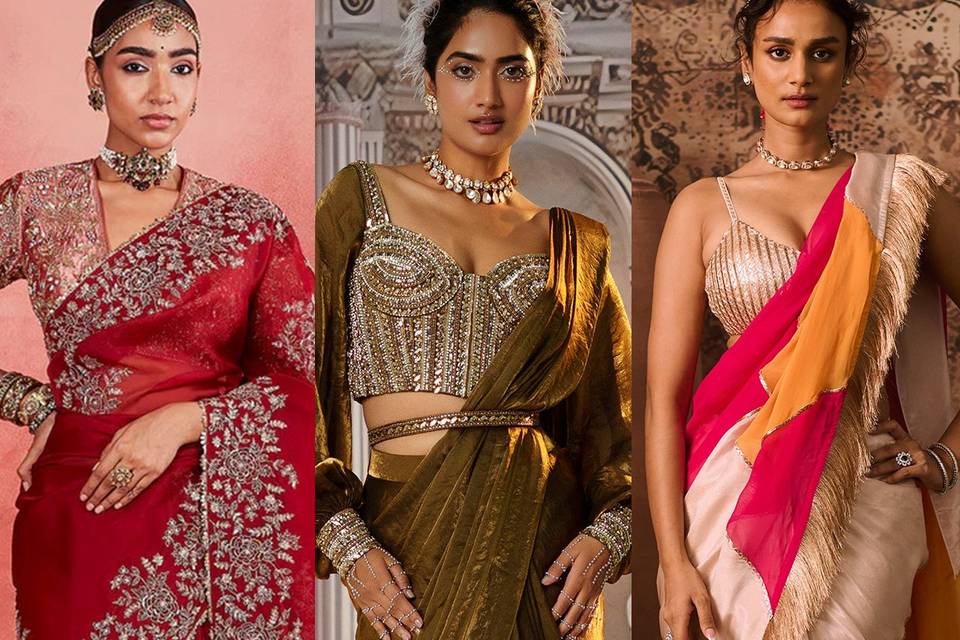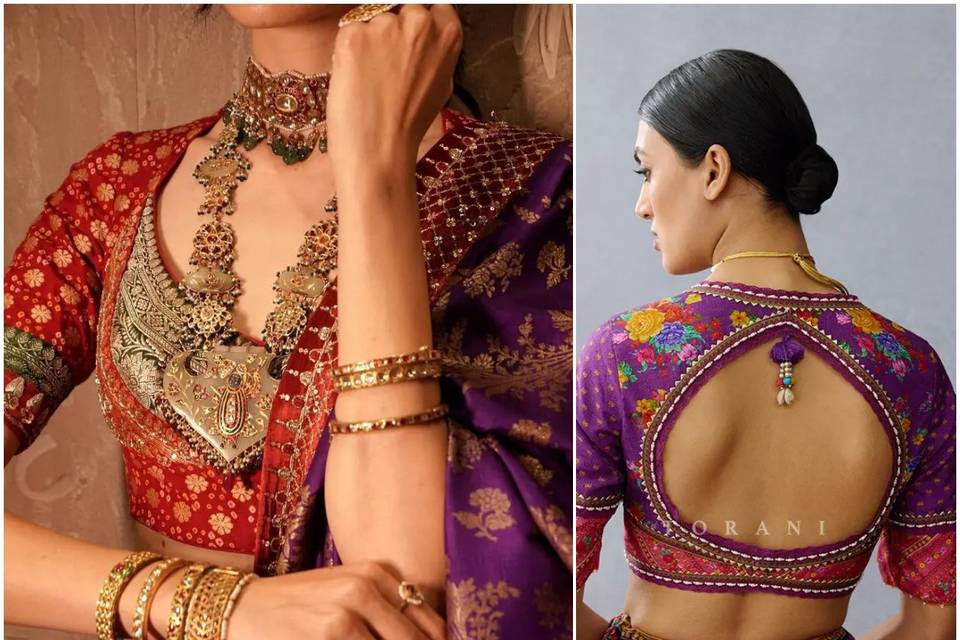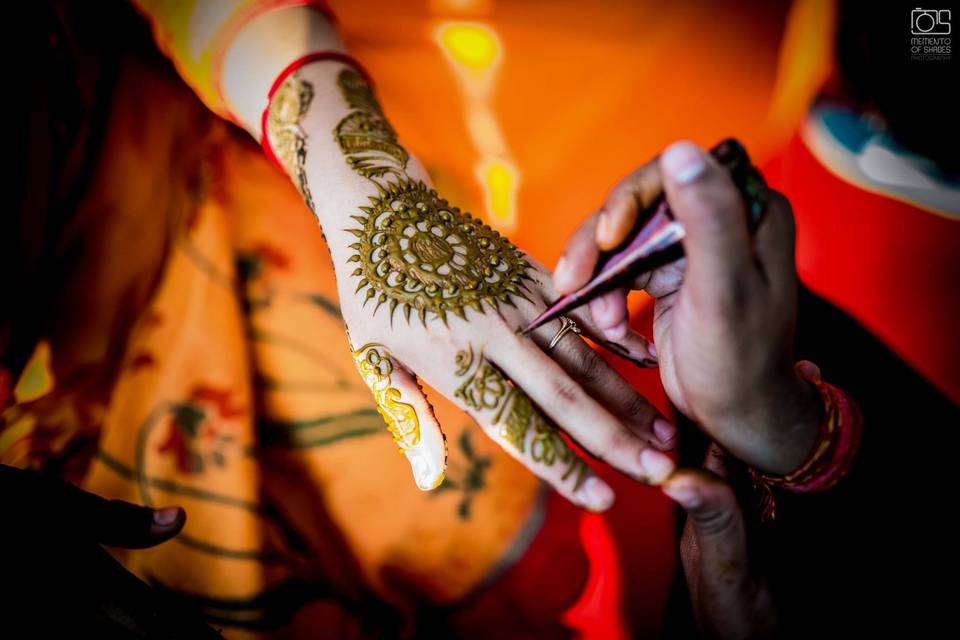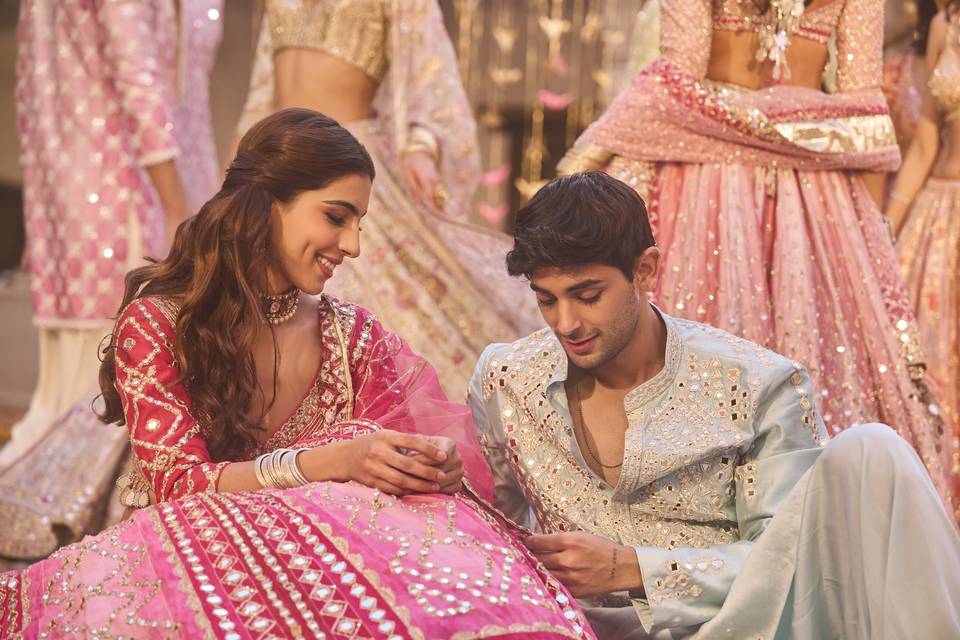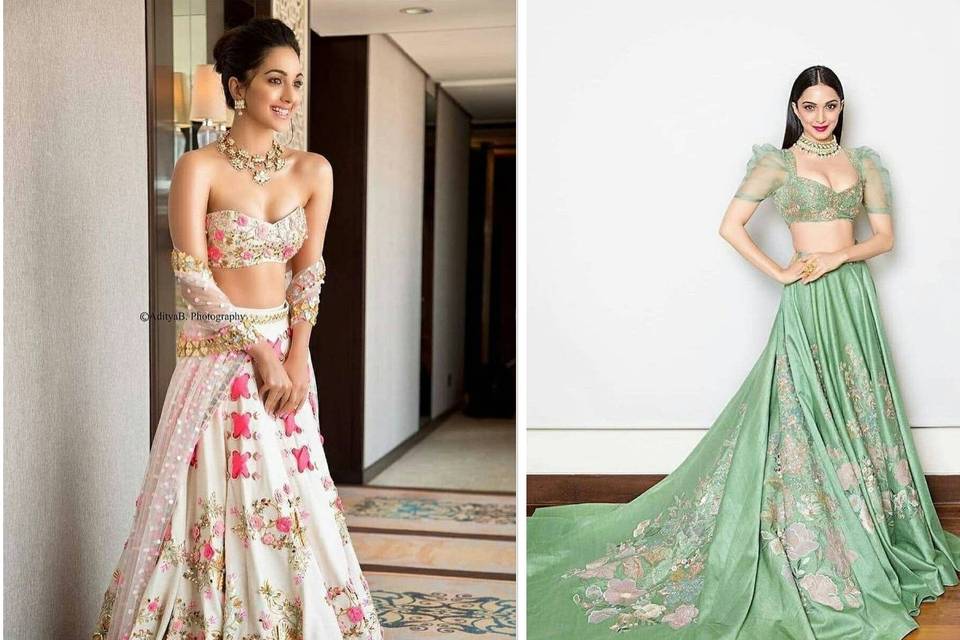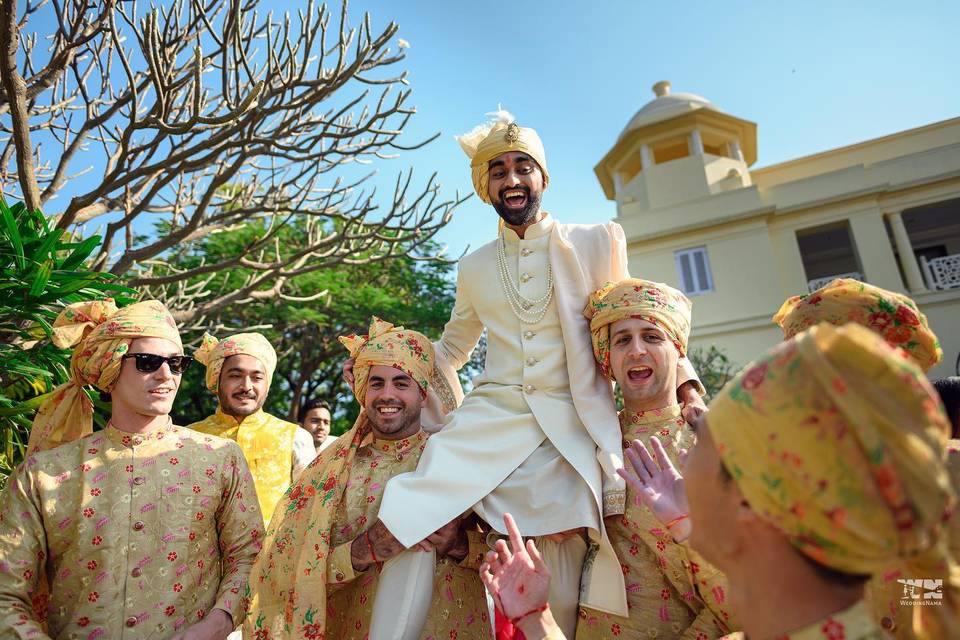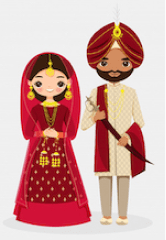7 Tips To Rock a Punjabi Dress Design This Wedding Season
The charm of a salwar kameez is incomparable to any other Indian outfit. Here are some tips get the Punjabi dress design on point.
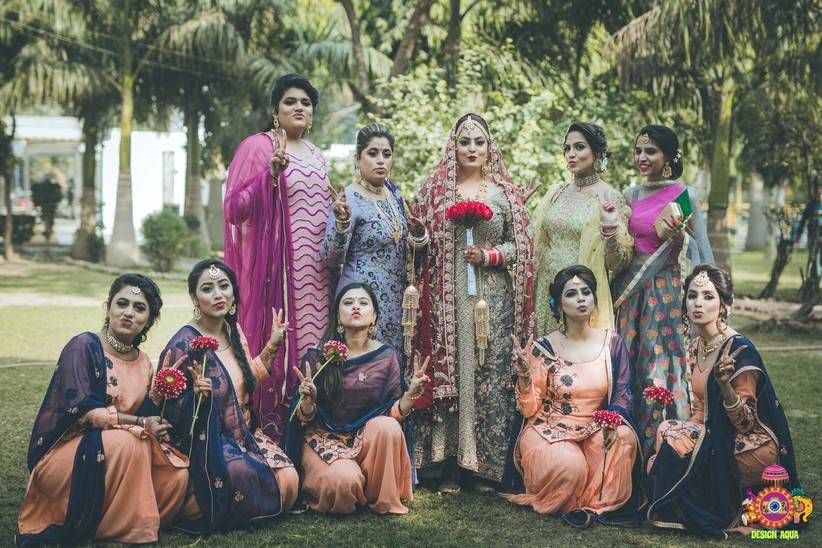
From their comfortable Salwars to flowy Patialas, and now even convenient dhotis, there is something about Punjabi dress design that instantly catches your attention. Apart from stating the obvious that they are comfortable and dressy at the same time, there is a lot that goes behind getting this beautiful Indian outfit right for bigger occasions like wedding functions.
Want to guess what is it that requires attention to detail in a Punjabi dress design for weddings and parties? Well, if you ask us, we’d say it is everything right from the top to the bottom that needs to be in sync for you to get your Punjabi dress design on point.
We are here to tell you everything that no one else will. From how to get a perfect Punjabi dress design that suits your body, to tips on accessorising it, and carrying it off according to the occasion. So if you have a wedding or a function coming up where you plan to carry this all-time hit outfit, then now is the time to get all your doubts solved.
Just like the changing times, the designs of the traditional Punjabi salwar kameez kept changing too. Now we have finally reached a point where anything and everything works for this Punjabi dress design unless and until it suits the person carrying it off. Let’s look at some tips for you to carry it off like a pro this wedding season.
Tip 1: A Perfect Fitted Kurta is Key

This isn’t as simple as it seems, Punjabi dress design must have a kurta perfect fitted to your body in order to be able to complement the loose salwar or Patiala at the bottom. The cut of the kurta is most often kept straight because of the same reason. If you wish to experiment with the cut and style of the kurta, go ahead, but do remember to still keep it less flowy and closer to your body shape as it would otherwise look odd with the salwar or Patiala.
Hint: Show your creativity with the sleeves of the kurta instead of its cut. Bell sleeves, capes and puffed sleeves can go very well with your Salwars and Patialas. While those looking to experiment with the pattern of the kurta like peplum should choose dhoti as their bottom wear.
Tip 2: Choose the Fabric of the Salwar/Patiala Carefully
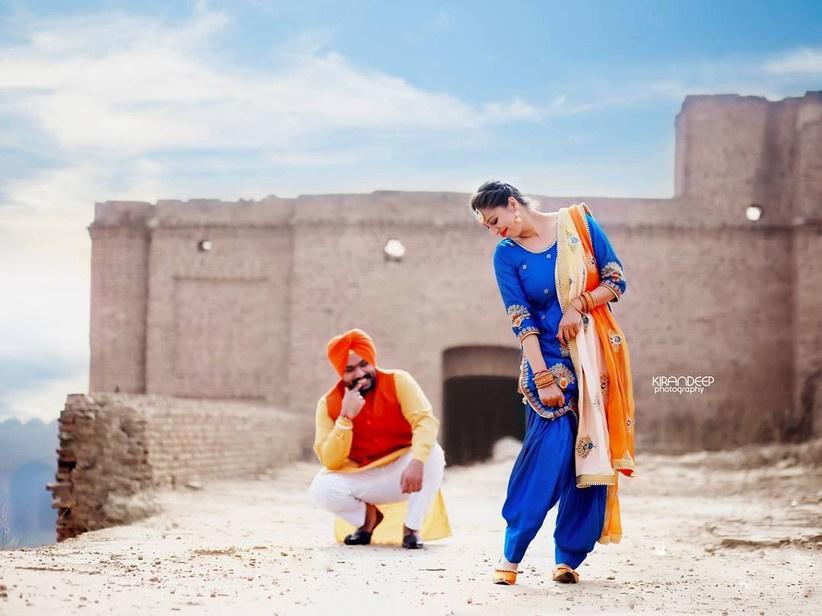
It might not seem like a very big deal, but the fabric of the salwar is literally everything in Punjabi dress design. It is what decides how the outfit will come out to look as a whole. Stiff fabrics like linen and cotton will not flow when used to make Salwars and Patialas and therefore will make you look bulkier than you are.
We are hoping you wouldn’t want that to happen. Therefore choose lighter and flowy fabrics that do not just makes the pleats of your bottoms create the effect that it should but also give the whole outfit a much richer look.
Hint: Satin, chiffon, crepe and georgette are your best friends when it comes to anything from Salwars, to Patiala, and even dhoti pants.
Tip 3: The Length of the Kurta is a Serious Conversation

For those of you who think any length of kurta looks good on Salwars and Patialas, your knowledge of Punjabi dress design seems to be as minimal as possible. The length of your kurta is a key decision depending on what you chose as your bottom.
Salwars can accommodate a comparatively longer length of the kurta while dhotis and Patiala require a much shorter length of the kurta. However, the length of kurta in either shouldn’t be very long as it takes away from the look of the entire outfit by covering the pleats and the style of the salwar and Patiala.
Hint: The length of a Punjabi kurta varies between the length of your thighs and your knees. So, check what suits your body and your Salwar/Patiala before finalising the length of the kurta.
Tip 4: Lining Can Be One of the Issues You Face
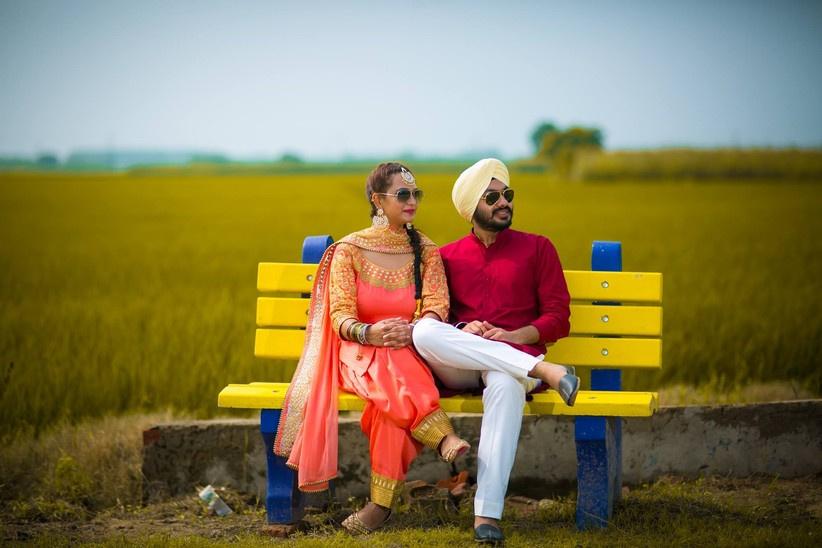
Brides looking to go for materials that require a lining for their kurta, beware! Lining in a Punjabi dress design gets technical because of the tight fit of the kurta. The peeping out of the lining slip, the mismatch in the length of the slip and the kurta, or making the kurta too tight to carry effortlessly are some lining issues that most brides choosing Punjabi dress design face.
However, the key here is to discuss your lining with your tailor in detail too and let them know your fears about it so that he keeps them in mind while stitching the flawless outfit you are expecting.
Hint: Get the lining stitched along with your kurta to make sure half your problems are solved. Also, always keep a half-inch margin in the kurtas that need lining.
Tip 5: Is the dupatta really optional?
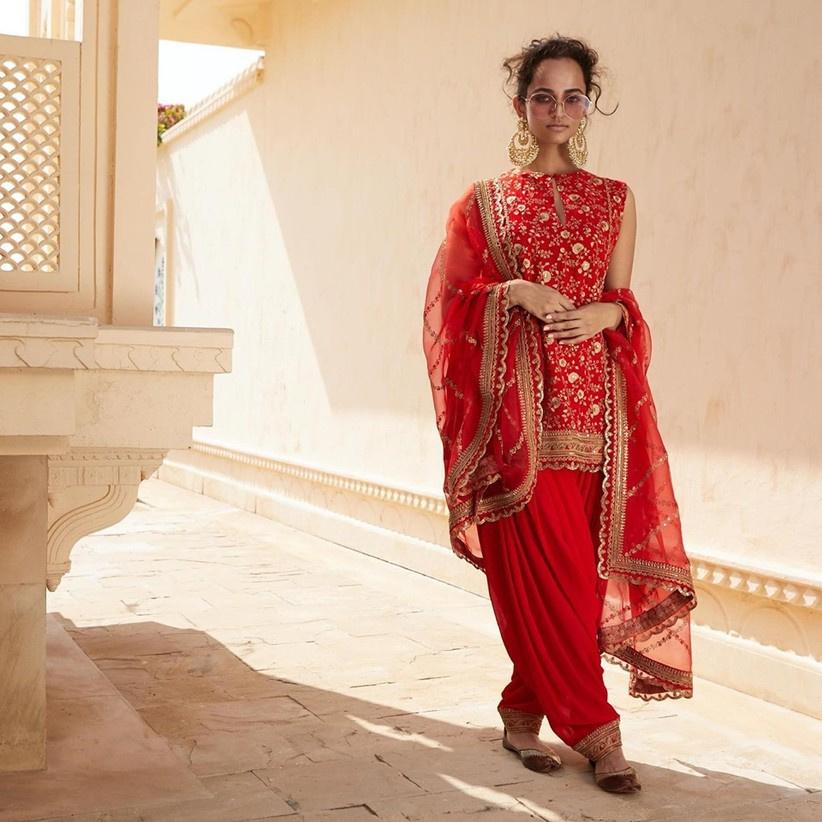
Image Courtesy: Sabyasachi's Instagram
Most often brides wearing a Punjabi suit design for their Mendi or Haldi function go with a heavily embellished front. Many of them also believe that going in for a high collar can help them avoid dupattas in these ceremonies. While we’d love for you to save that extra piece of fabric, the truth is that a Punjabi dress design traditionally is incomplete without a dupatta, no matter how heavy the kurta is.
The dupatta does not just add the grace but completes the set. However, with dhotis, the concept changes slightly as it is an indo-western version of the traditional Punjabi dress design. Therefore you can sometimes omit the heavy dupatta with dhoti or switch it with a sarf or something.
Hint: If you think a dupatta will cover the beauty of your heavily embellished kurta then opt for a transparent plain chiffon dupatta that serves both the purpose. It will allow the glimpse of the kurta and its neckline while also completing the set beautifully.
Tip 6: Accessorise According To Your Kurta
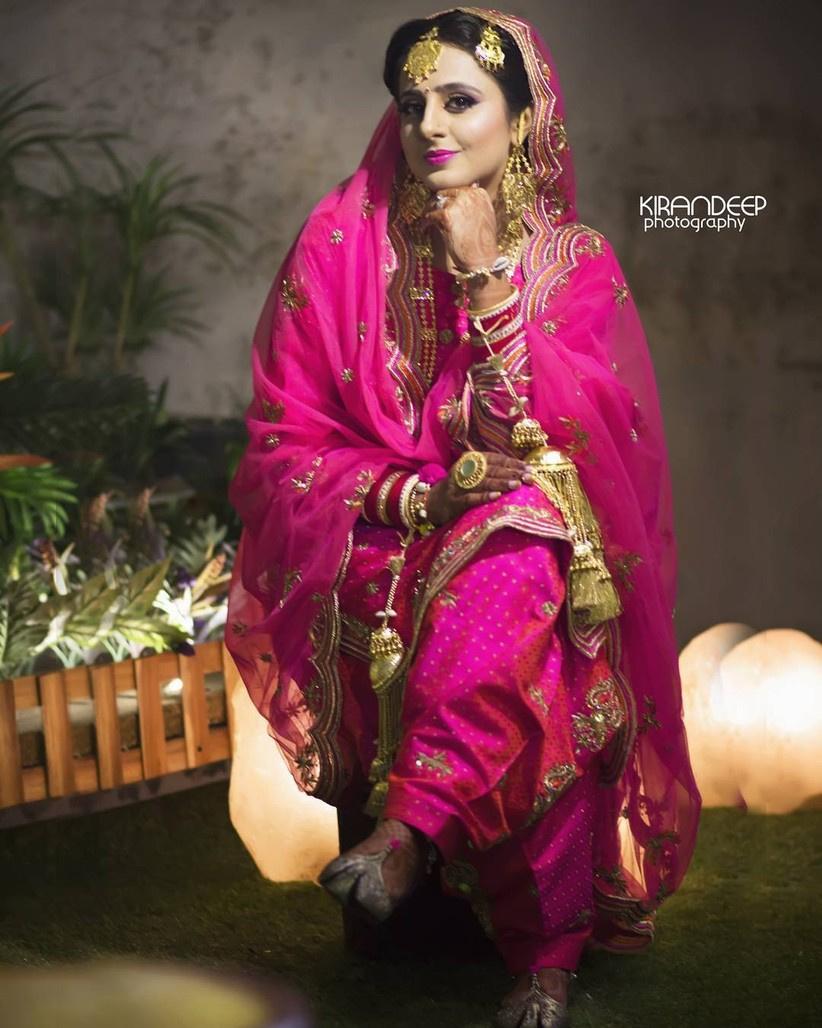
Brides choosing a Punjabi dress design most often wish to go all-in when it comes to jewellery. Well, we’d say that isn’t the best idea as it can look rather messy and confusing. From heavy earrings to the latest statement necklace, and vibrant bangles, we know a bride likes it all. But the decision of choosing what goes best with the attire depends completely on the style and design of the kurta.
Hint: For those that have a heavily embellished kurta, avoid necklaces as it will take the attention away from the beautiful work on the kurta. So go for chunky dangler earrings or sweet stud earrings in that case. If your kurta sleeves have a lot of work too, too many bangles can make the look messy, so choose statement Kadas over bangles.
Tip 7: Choose Between Salwar, Patiala, and Dhoti Carefully
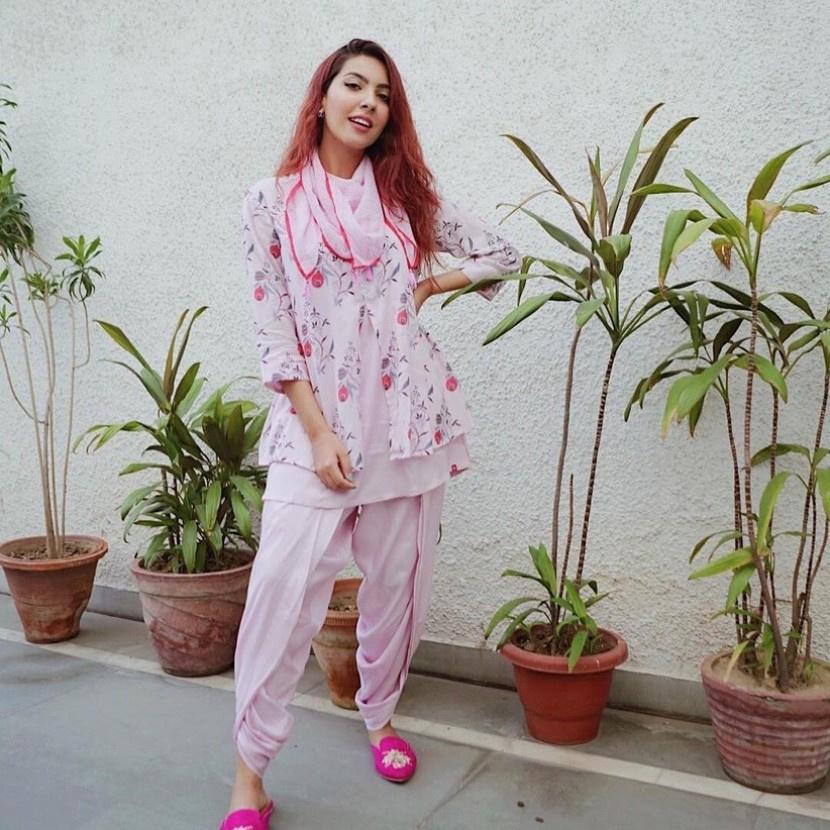
When it comes to choosing the bottoms in Punjabi dress design, your body type holds key importance along with the occasion you are wearing it for. Like dhotis are for the less traditional functions and also look better on women that have long legs and a smaller torso.
Hint: If you’re confused between Salwar and Patiala, remember that Patiala uses more fabric, has more pleats and therefore renders a splendid look for a more formal function. The loose pleats of a Patiala also suit brides that have an hourglass or apple-shaped body. However, salwar pleated at the waist area and loose at the bottom part accentuates the contours of the legs and must be chosen by those looking for a slimmer and taller appearance in the Punjabi dress design.
While the tips are simple, we hope they gave you an insight into what goes behind choosing a Punjabi dress design for the wedding season. Just be sure to follow our tips and hints and we assure you that your Punjabi dress design is sure to turn heads around wherever you go. So go ahead and start looking for something that suits your taste perfectly and fits our checklist too.
Are you looking for a perfect Punjabi dress design this wedding season? Tell us in comments if you think these tips and hints helped you zero down on the one that is perfect for you.


